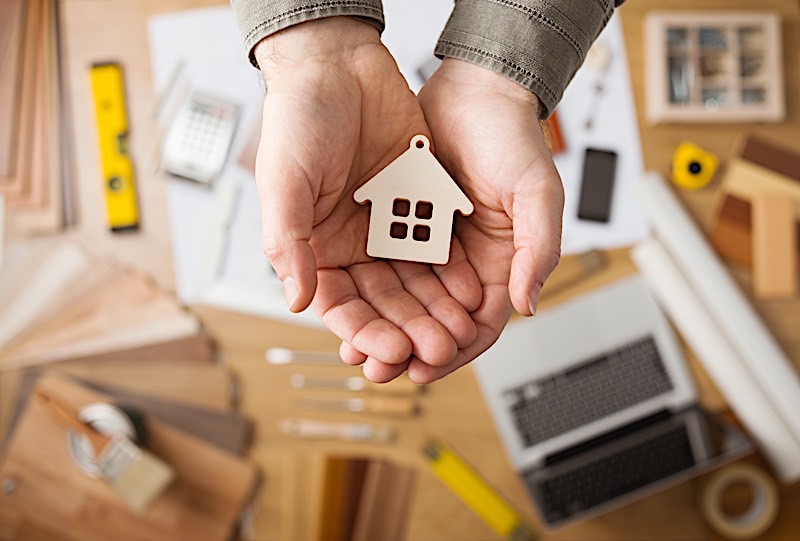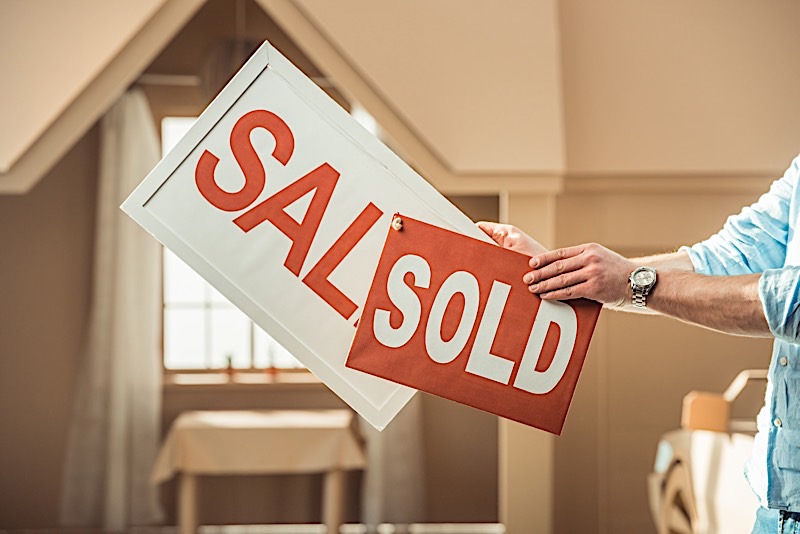Are Prefab Homes A Smart Investment?
By Than Merrill
The single greatest benefit of real estate investing, at least in my opinion, is the freedom of choice; specifically, the choice to invest any way you see fit. At the very least, there are several exit strategies for today’s investors to consider, from rehabbing to wholesaling. However, there’s one viable investment strategy far too many people overlook: prefab homes. Though not as popular as their traditional single-family counterparts, prefab homes are just as much of a viable investment strategy. In fact, it’s entirely possible that prefab homes could offer just the opportunity you were looking for. One thing is for certain, however: you’ll never know until you learn more about what prefabricated homes for sale can do for you in this online training.
What Is A Prefab Home?
Prefab homes, otherwise known as modular homes (which I’ll get into later), are exactly what you’d expect: homes that were previously manufactured off-site, only to be shipped and assembled at a predetermined location in the future. Instead of building a home at the desired location, contractors will actually build out individual sections of a subject property that can be assembled at the final destination.
The individual sections of modern prefab homes are typically built in climate controlled building facilities where contractors can exercise more control over the process as a whole. Building the individual sections at a facility specifically designed to do so limits mistakes and increases efficiency. As a result, it’s a lot easier for the contractors of prefab homes to comply with state and local building codes for a particular area. Once the individual sections have been built at said facility, they are then transported to the final location, where they are finally joined together on a permanent foundation.
Despite their unconventional nature, prefab homes remain a viable option for real estate investors to consider. After all, investors shouldn’t be bothered with where the home came from, but rather if they can sell it or not. Outside of the manufacturing process, prefab homes are no different to an investor than their traditional counterparts. The goal remains the same: buy at a discount, rehab, and sell for a profit. That said, prefabricated homes are very much so a viable options for today’s investors.
[ Want to create a roadmap to a financially secure retirement? Register for a FREE real estate class to learn the powerful wealth building strategies real estate investing has to offer. ]

Prefab Vs Modular
Any whispers you have heard of a prefab vs modular home debate are most likely founded on inaccurate assumptions; the two are one and the same, after all. Both prefab homes and modular homes are synonyms with each other; both describe homes that were built in pieces off-site and constructed at a location on a permanent foundation.
Prefabricated Homes Pros
-
Quality: Prefabricated homes are built in a facility specifically designed to build prefabricated homes. That means contractors don’t have to worry about issues with the weather, or any other problems that would arise from building a home on-site. Better yet, the facilities allow builders to be more efficient and better at what they do. As a result, the quality of prefabricated homes is unquestionable; they are no doubt comparable to their traditional counterparts.
-
Price: Prefabricated homes are often much cheaper than traditional homes built on-site. Not only are costs kept down by the manufacturing process, but each one also requires fewer people to build, as the process is easy to replicated. As a result, prefabricated homes can be as much as 15 percent cheaper than traditionally built homes. The lower price point may be just what many first time investors are looking for.
-
Financing Options: More often than not, the manufacturers of prefabricated homes will offer alternative forms of financing, in addition to every other type of financing already made available. As a result, investors buying new will have more options at their disposal. More importantly, there’s a better chance investors will be able to work out a source of financing that meets their specific needs.
-
Speed: Due to the manufacturing process of prefabricated homes, and its ability to mitigate complications, prefab homes are often built very fast. The turnaround time, from conception to completion, is a lot shorter than a traditional home.
Prefabricated Homes Cons
-
Additional Costs: There are several additional costs associated with prefab homes you need to know about before committing to one. Not surprisingly, you’ll need to own the land underneath the prefab home. It is also critical to make sure that you are actually allowed to put up a prefab home on said property. Since there’s no existing home on the land, you also need to contact the proper authorities to confirm you can add electricity, water lines and sewage.
-
Larger Up-Front Payments: Traditional homes tend to require down payments anywhere from 3.5 percent to 20 percent. However, prefab homes will typically want buyers to payoff the construction costs before they move in. It is not uncommon for contracts to include a schedule for paying in installments while the home is being built. As a result, buyers need to be sure they can afford the home before they commit.
-
Buying Sight Unseen: Not unlike buying in a new development, buying a prefab home will have impending owners purchase a house they haven’t seen yet. Sure, there are models, but there’s something to be said about setting foot in a home before buying it.
Should I Invest In A Prefab Home?
Prefabricated homes for sale once came with a sigma; one that suggested a drop in quality. However, prefab home kits are better than ever. In fact, modern prefab homes can be anything a buyer is looking for: luxurious, elegant, durable, and even affordable. Perhaps even more importantly, however, prefabricated homes still represent a commodity; people still want to buy them, which means there’s absolutely a reason to invest in them. Anytime there is demand accompanied by attractive profit margins, there’s room for an investment. Therefore, there’s absolutely no reason to ignore today’s prefab homes for sale; they may represent your next great deal.
Have you ever questioned whether or not prefab homes were a viable investment strategy? Let us know your thoughts on this particular niche in the comments below.